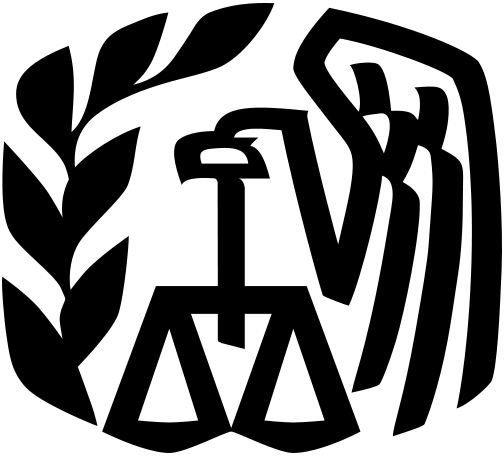Financial Hardship: 401k Withdrawal Options and the 401k Hardship Rule
Retirement Plan Withdrawal Options
There are two methods that may be allowed in 401(k) plan documents that allow a participant to withdraw money. One method is by using a 401K hardship withdrawal while the other is a loan. These two 401k withdrawal options may both be used for hardship but both have a very different impact on a 401k plan. Specifically, a 401k hardship rule withdrawal cannot be repaid, must be claimed as a withdrawal (subject to tax and penalties) and may also result in a penalty period where you may not be allowed to invest in the 401k for a specified period of time. While some rules are mandated by the Internal Revenue Service, plan administrators often have a wide berth when it comes to specific plan details.
One option for helping to prove that the funds were withdrawn using the 401k hardship rule is to have the funds directly paid to a third party such as an educational facility (e.g., high school or college), a doctor or hospital (e.g., medical exception) or to an escrow agent for a home purchase. Whether a 401(k) account holder will be allowed to do this is largely dependent on the retirement plan documents.
Another option that may be beneficial to consider is rolling 401(k) funds from the 401(k) to an individual retirement account (IRA) which would be considered a rollover. These funds may then be withdrawn from the rollover account but may not be restricted in the same manner that a 401(k) withdrawal would be restricted. This is called an in service distribution.
Hardship Rules Per IRS Rules

While each plan administrator is allowed to determine for themselves what the 401k hardship rule guidelines are for the individual plans, the Internal Revenue Service requires that specific criteria be met for those who are interested in drawing from their 401K. 401k hardship withdrawal that do not meet the basic criteria may be subjected to withdrawal penalties in addition to tax withholding. Here are some of the basic 401k hardship withdrawal rules that are imposed by the IRS.
Defining hardship - The IRS states that in order for a withdrawal to be considered a hardship, the funds that are needed must be to fill an immediate financial need. This means that sudden issues such as buying a new home, home foreclosure, past due rental expenses that may result in eviction, continuing education costs and funeral expenses (among others) would define a hardship. Wanting to purchase a second home, a television or a car would unlikely be considered appropriate for a hardship withdrawal;
Additional resources - The IRS further states that if a hardship withdrawal is allowed then the person withdrawing may be required to prove that they did not have alternate resources available to them. Alternate resources may include certificates of deposit that are not in IRA accounts, savings accounts, second homes without mortgages and even insurance settlements. These need not belong to the 401(k) holder, but may also belong to a spouse or dependent child.
There are other classifications that the Internal Revenue Service may review as part of a hardship withdrawal. Plans that offer withdrawals may also be restricted on the amounts that may be withdrawn as well as the source of the funds to be withdrawn. Anyone who is considering a 401k withdrawal option must not only understand the plan limitations, but should also be aware of the IRS 401k hardship rule.
Resources and Image Credits
Resources:
IRS 401K hardship: https://www.irs.gov/retirement/article/0,,id=162416,00.html
Photo Credits:
IRS Logo: https://upload.wikimedia.org/wikipedia/commons/4/4e/Internal_Revenue_Service_logo.png
Purchased: Question: https://www.istockphoto.com/koun
